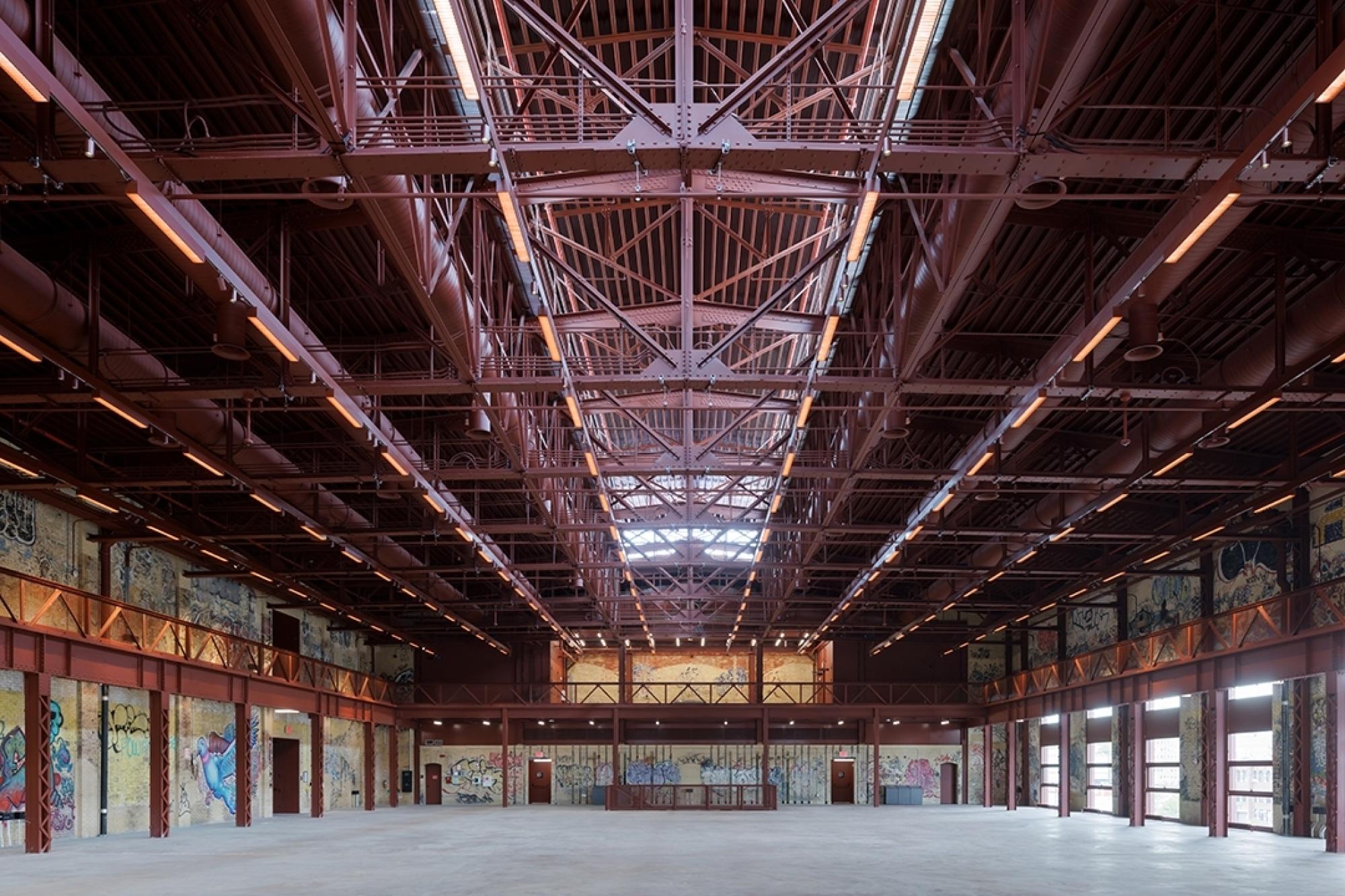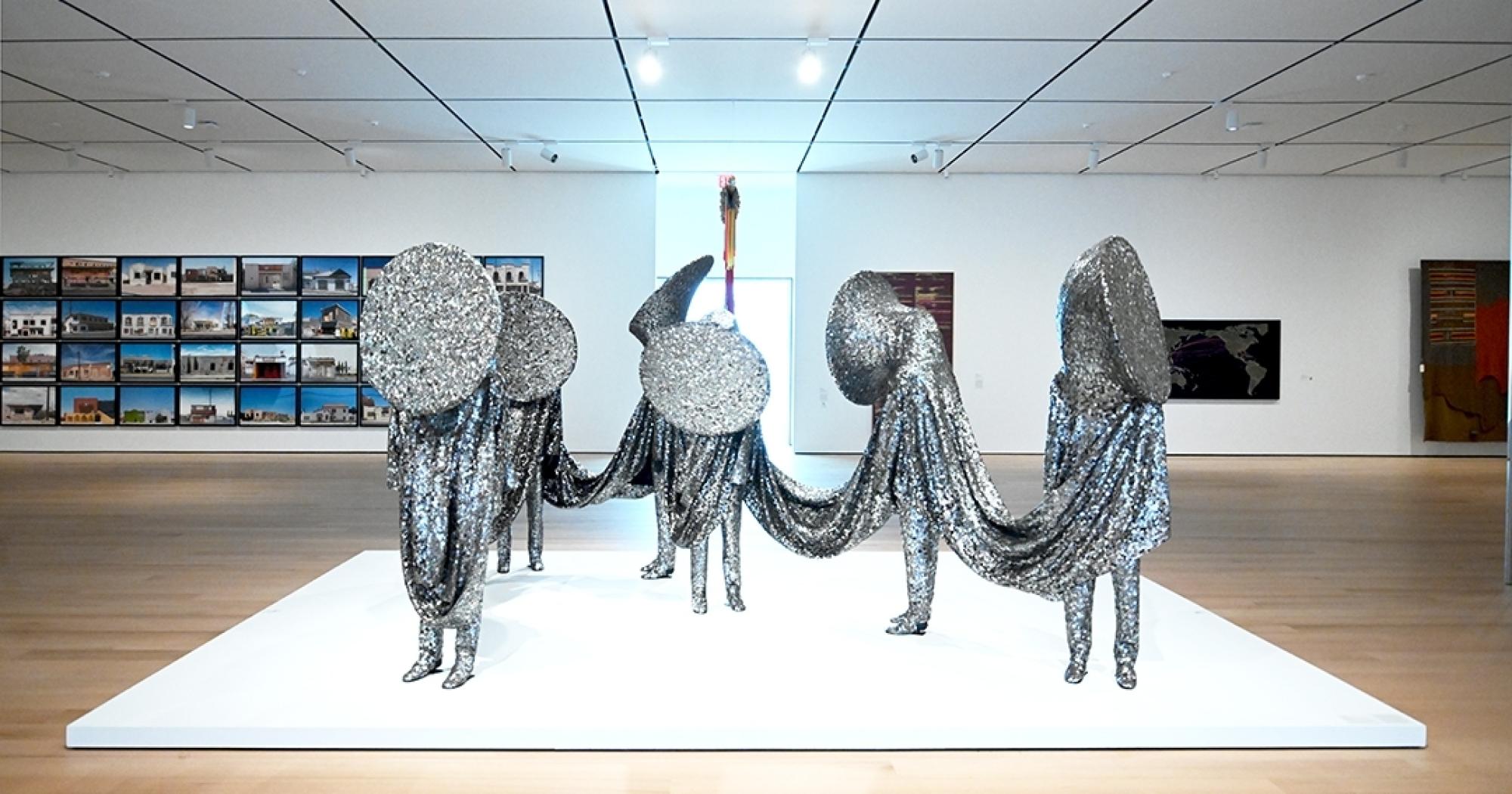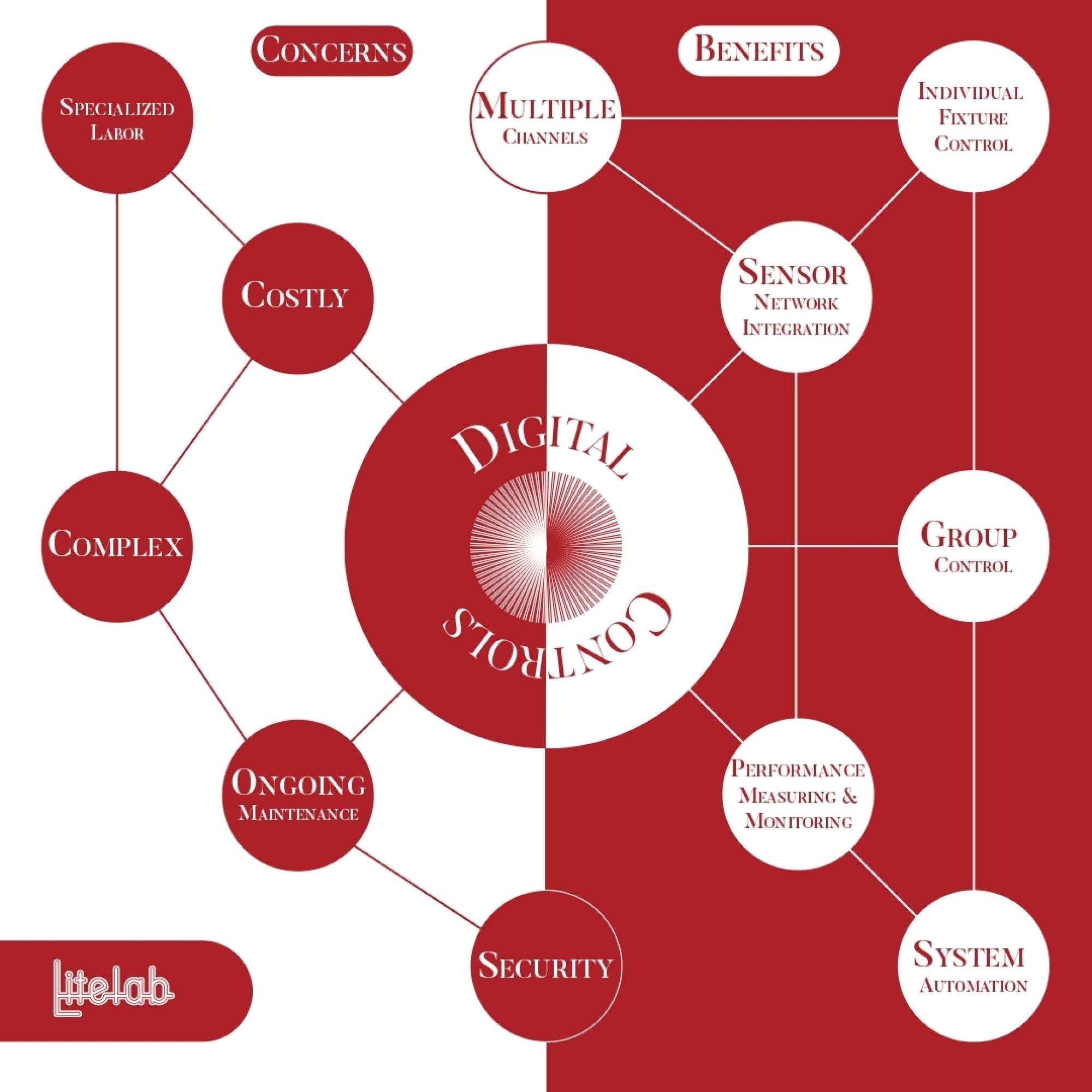Adaptive Reuse – Part 1 Environmental and Social Rationale
Adaptive reuse can be a powerful tool for reactivating a neighborhood in a way that respects the social and historical fabric of the area and reduces the environmental impact of construction. It entails as many challenges as it does opportunities. This article addresses some of each.






